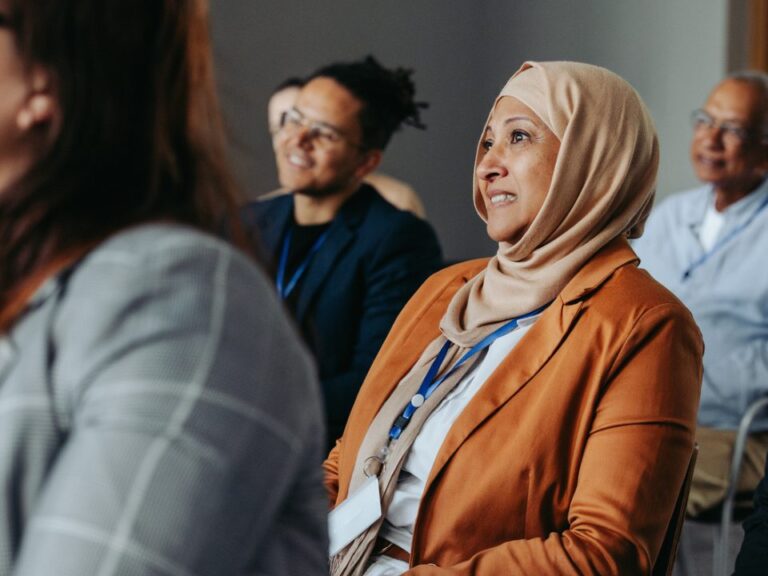
The Wisdom of Frank Redington: Blending Science and Art
Andrew Matthews, an actuary at Finity and Associate Actuarial Educator at Monash University, reflects on some of the late Frank Redington’s ‘gems of wisdom’ that blended science and art to make sense of a complex world.
Imagine stumbling upon a book that not only shapes your career but transforms your entire perspective on your profession. For me, that book was A Ramble through the Actuarial Countryside by Frank Redington.
Frank Redington was a giant of the UK actuarial profession. Born in 1906 in Leeds and graduating from Magdalen College, Cambridge, Frank joined the Prudential Life Insurance company in 1928 before gaining his Fellowship in 1934.
Appointed Chief Actuary of the Prudential in 1951, Frank continued in that capacity until his retirement in 1968. In 1984, he suffered a number of strokes, leading to his death.
Frank was passionate about the profession and this was only enriched by his long and distinguished service. He was a major contributor to the actuarial profession, serving on the Council of the Institute of Actuaries (now the Institute and Faculty of Actuaries) for many years and becoming Vice-President and then President between 1958-1960.
I’d like to share with you some themes and quotes from his work that have not only influenced my own understanding but continue to resonate with the actuarial community today.
Actuarial work (the science):
“But in no cause, is untruth a good ally; and statistics, if it cannot lead us quickly to new truths can help us quickly to reject, and to agree without dissension to reject, much untruth.”
Our tools – particularly foundational tools like compound interest, present values and probability – bring a way to make sense of the many possible futures. Ideal data is often not available, but by understanding both the strengths and the limitations of current data, it can still be used. The use of verifiable data within limitations is better than use of expert judgment alone.
That said, we should not use actuarial science to change the world into the image we would prefer to see, but rather to accurately reflect it. Frank once said,
“A random sample of 1,000 is better than a biased sample of 1,000,000. The shepherd on the hill may see nearer to the heart of truth than the professor of philosophy amid his books.”
It is important to stay focused on the issue at hand, with actuarial science making a positive contribution to that focus and helping to make sense of it.
Impulse and imagination (the art):
“Mathematics can tell you how to calculate a premium but not what premium to charge, how to build a bridge but not whether to build it…”
It is not enough to have the tools; to be great at the craft requires more. Today we are confronted with an almost crazy world where the more we chase science and tools, the further we are from understanding and remembering what is important.
To help with making choices, actuarial science is a great input however we should not believe actuarial science has all the answers.
It has input, a structure and a way of evaluating objectively, but we must be open to hearing and considering other inputs as well.
Blending the science and art (synthesise):
“The microscope and telescope have their value. They analyse. But the natural eye has a more comprehensive field of vision. It synthesises. Scientists are taught to keep the other eye wide open when using a microscope. Literally, it is good practical advice; metaphorically it is a gem of wisdom.”
When actuarial knowledge, practice and imagination come together, magic is created. In traditional actuarial work, there are often two questions: “Is our balance sheet strong?” and “Is the business profitable or sustainable?”
From Frank’s writing, I learnt these questions are not always answerable in the same breath. What actuarial practice brings is a clear mind, a keen eye and, if we listen, a stimulating heart able to make better choices with maximum effect.
Reflecting from experience (homing):
“The actuary cannot foretell the future…. What the actuary can do is to sense the wide-ranging possibilities that the future may have instore and to make them part of the living present where decisions are made.”
Ultimately, actuarial science is about making sense, making choices and making adaptions. The tools and data make a positive contribution to making better choices and adapting.
As Frank implored in his writing, actuarial science does not foresee the future but it does the next best thing. It enables us to familiarise ourselves with what the future may have in store and equips our targets with alertness and sensitivity – important elements when using data for good.
As actuaries continue to navigate the complexities of the modern actuarial landscape, the wisdom of Frank Redington offers a unique blend of scientific rigour and artistic intuition that challenges us to think beyond numbers. Perhaps for you, like for me, exploring the wisdom of the past through Frank Redington is an opportunity to rediscover the science and art of becoming a more effective actuary.
CPD: Actuaries Institute Members can claim two CPD points for every hour of reading articles on Actuaries Digital.






